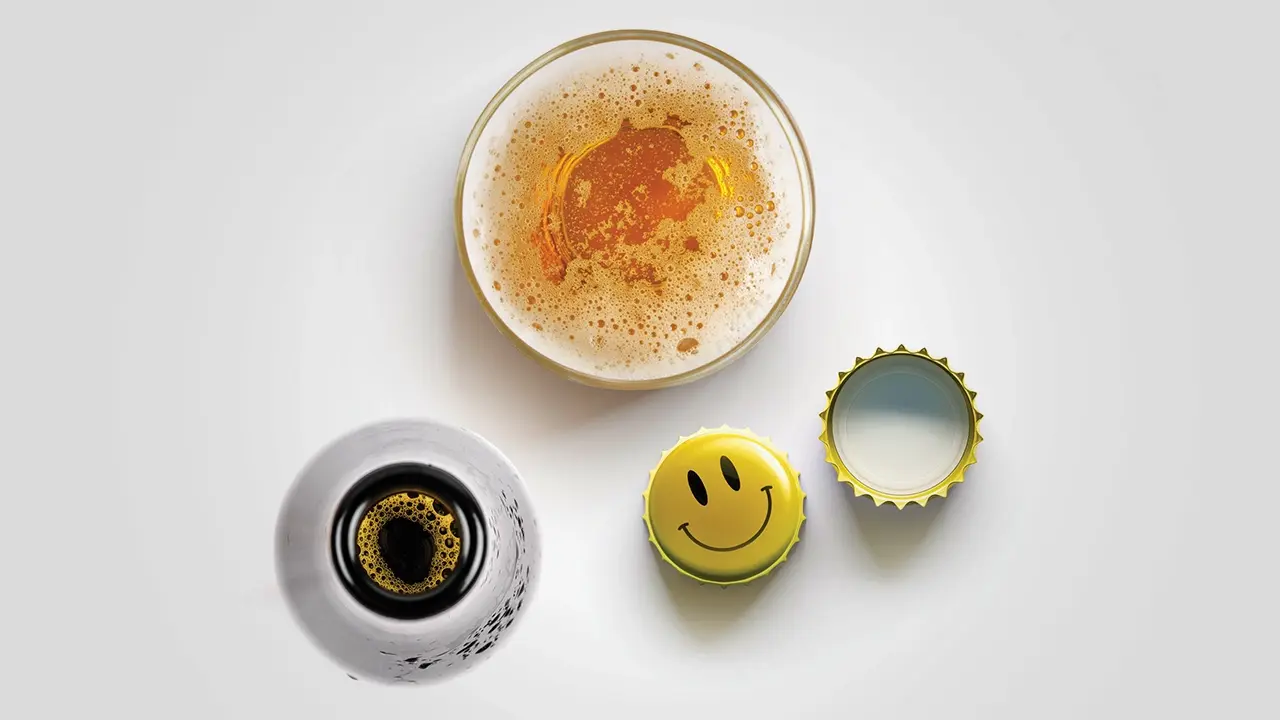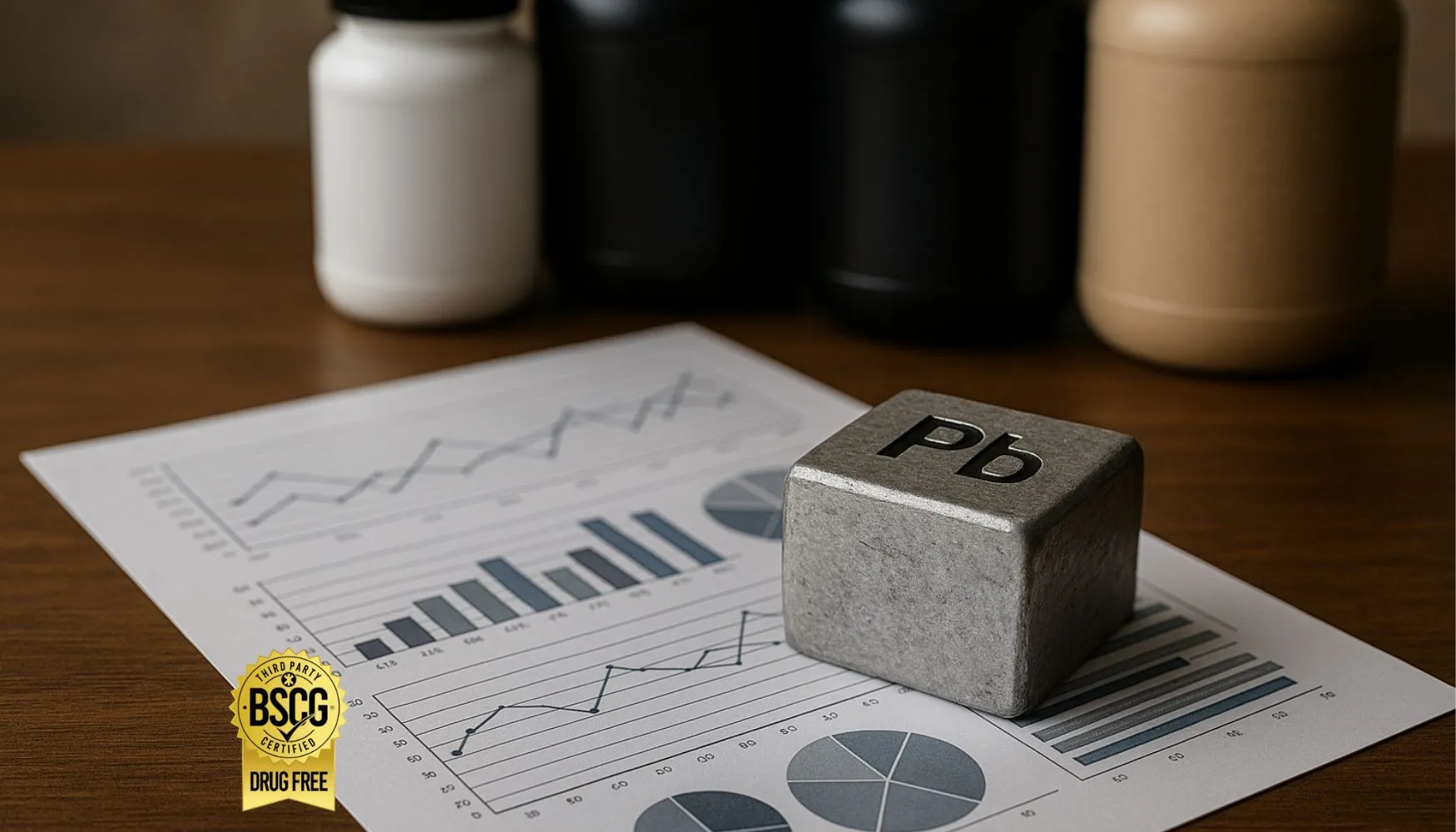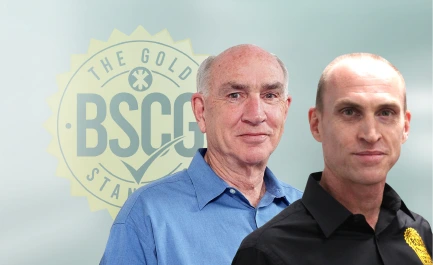
THE GOLD STANDARD IN THIRD-PARTY CERTIFICATION AND TESTING : +1-800-920-6605, info@bscg.org

Beer pong. It’s derailed many of our college ambitions. You may not know that garden variety suds contain N-Methyltyramine - a prohibited substance in sport and an ingredient on the FDA’s Dietary Supplement Ingredient Directory. N-Methyltyramine has also gained prominence as a pre-workout and fat burner in dietary supplements. Say it isn’t so. Even beer is banned in sport? Well, yes and no. Here we unravel the facts on N-Methyltyramine.
N-Methyltyramine is also known as 4-hydroxy-N-methylphenethylamine or NMT for short. It can be found naturally in plants such as cacti, acacia, and bitter orange, but it was first discovered in 1950 in the same barley used to make beer. One publication in 1977 outlined hundreds of plant species that contain phenethylamine derivatives, including 57 that contained N-methyltyramine. NMT is present at about 2mg/g in malted barley. A pint of beer contains around 2.3 – 3.8 mg/pint of N-Methyltyramine. Milligram quantities mean these are relatively high amounts, not trace levels. It is likely that the NMT found in many dietary supplements has been synthesized. N-methyltyramine is also a human trace amine, meaning you can find it naturally in the human body.
N-Methyltyramine is typically found in the 20-200 mg range as a stimulant and pre-workout ingredient. It is often included in proprietary blends with no specific amount listed, making it hard to figure out exactly what you are getting. Despite N-Methyltyramine previously appearing on the FDA Dietary Supplement Ingredient Advisory List, it shows up in 151 products on the market according to the NIH Dietary Supplement Label Database as of September 2023.
Theoretically, NMT could be a legal dietary supplement ingredient if it is present in a natural plant extract or demonstrated to be a component of something used before 1994 as an old Pre-DSHEA Dietary Ingredient. As a synthesized chemical, N-Methyltyramine does not appear to qualify as a legal dietary supplement ingredient. The U.S. FDA previously listed N-Methyltyramine on the Dietary Supplement Ingredient Advisory List.

It’s marketed as helping with the following:
Whether N-Methyltyramine will produce these effects is unclear. Results may differ due to varying amounts of NMT used in different supplements, and everyone may react in a unique way to this ingredient. While the amount of NMT in beer is likely not enough to have much of a stimulant effect, the higher amounts used in supplements are designed to make the user feel the ingredient’s effects.
Will N-Methyltyraminework as a stimulant or fat burner? The short answer: not really. All the potential benefits as a stimulant or fat burner were recorded in rodents. They have not been replicated in human trials. It’s only been explored in humans to treat hypotension and gastrointestinal disorders. This means it may not offer the touted benefits to the user.
N-Methyltyramine is somewhat under-studied. It can be tough to detail what benefits or negatives you’ll receive if you supplement with it. In animal research, it’s reported to stop fats from breaking down and even increase mice’s urge to eat. Oddly, these effects wouldn’t be ideal if the same effect was replicated in a human who wanted to lose weight. One study noted ironically, “NMT may promote weight gain rather than weight loss through enhanced appetite and increased absorption of foods.” You might think twice about using NMT as a fat burner, especially if you are a drug-tested athlete, as NMT is prohibited in sports.
While there might be purported benefits, there are also N-methyltyramine side effects to consider. Sites that promote NMT also note some of the side effects and issues with the substance.
N-methyltyramine side effects have been reported among users, including:
N-Methyltyramine is technically banned in sport even though it is isn’t listed by name and there hasn’t been a positive drug test reported for it yet. In 2015, the World Anti-Doping Agency (WADA) added “Phenethylamine and its derivatives” to the WADA Prohibited List that governs Olympic sports. They did so in response to a novel phenethylamine derivative being found in a pre-workout supplement called Craze that had caused a positive drug test. The substance found was a close cousin to amphetamine, and WADA called a positive drug test based on the substance having a ‘similar chemical structure or similar biological effect’ as others on the list, only the second time this had been done with DMAA being the first. The significance of the phenethylamine ban was vast as it now placed hundreds of natural products and plant extracts that naturally include phenethylamine derivatives in a grey area as they could now be interpreted as prohibited. Phenethylamine itself is present in soybeans, peas, and even chocolate.
The Global Drug Reference Online is a “partnership between UK Anti-Doping (UKAD), the Canadian Centre for Ethics in Sport (CCES) and the United States Anti-Doping Agency (USADA). The Japan Anti-Doping Agency (JADA) and the Australian Sports Anti-Doping Authority (ASADA) are official Global DRO licensees.” The Global DRO “provides athletes and support personnel with information about the prohibited status of specific substances under the rules of sport based on the current World Anti-Doping Agency (WADA) Prohibited List. ”The Global DRO indicates that N-Methyltyramine is prohibited under the S6 – Stimulant category, even though NMT is not actually listed by name on the WADA Prohibited List. This would make NMT prohibited in competition but not out of competition for most drug-tested athletes.
N-Methyltyramine as a phenethylamine derivative clearly qualifies as a banned substance, but it does not appear to be targeted yet in sports drug testing. This is supported by the statistics on adverse analytical findings in the WADA system that do not show any findings for N-Methyltyramine from 2006-2020. N-Methyltyramine appears to fall into a unique category. A drug banned by interpretation of the list language, but not actually in practice. Many naturally present compounds share a similar predicament.
If it were to be targeted in sports drug testing, urine thresholds would apply to avoid positives from environmental presence. S6 - Stimulants have a reporting threshold of 50 ng/ml in urine drug testing under the WADA Technical Document TD2022MRPL. Could beers on the night of a cycling race, or three beers a week before a swim meet potentially impact a drug test? It’s unclear, but it is possible given that you ingest low milligram quantities of NMT in just one pint and that drug testing labs can easily detect parts per billion or nanogram levels in urine. This example illustrates one of the main challenges faced by anti-doping testing, namely that you must be able to distinguish the natural or environmental presence of a substance from purposeful doping if you are going to operate a fair system.
The battle for supremacy in stimulant pre-workout ingredients has raged since at least 2012, pitting N-Methyltyramine versus DMAA. Interest in N-Methyltyramine surged as companies sought alternative ingredients for popular stimulants like DMAA (dimethylamylamine, or methylhexaneamine). DMAA has been used as a stimulant for weight loss and to enhance performance. DMAA was often disguised as natural geranium oil extract in an effort to legitimize the substance and throw off regulators. This connection led some people to believe geranium oil is banned (it’s not). Geranium oil has been used for centuries to treat anxiety and depression and has anti-inflammatory properties. In its natural form, it has been used for centuries.
Instead of geranium oil, supplement makers used the synthetic chemical DMAA in significant amounts. It wasn’t long before DMAA became perhaps the most popular stimulant pre-workout ingredient ever. It ran into trouble after serious adverse events and even deaths prompting the U.S. FDA and other authorities to address DMAA in 2013 and remove it from the market. It is now an illegal supplement ingredient, although it can still be found in some dietary supplements and can be easily purchased. At its peak of popularity in 2012, DMAA was the most common stimulant reported and the third most reported drug in the WADA system, with 320 adverse analytical findings. N-Methyltyramine was offered as a replacement for DMAA and is still found today in supplements.

 YouTube Channel
YouTube Channel
Oliver Catlin Interview
 BSCG BLOG
BSCG BLOG
Consumer Reports Overinflates Lead and Heavy Metals Concern in Protein Supplement Survey

 The Catlin Perspective blog widget
The Catlin Perspective blog widget
THE HISTORY OF BSCG